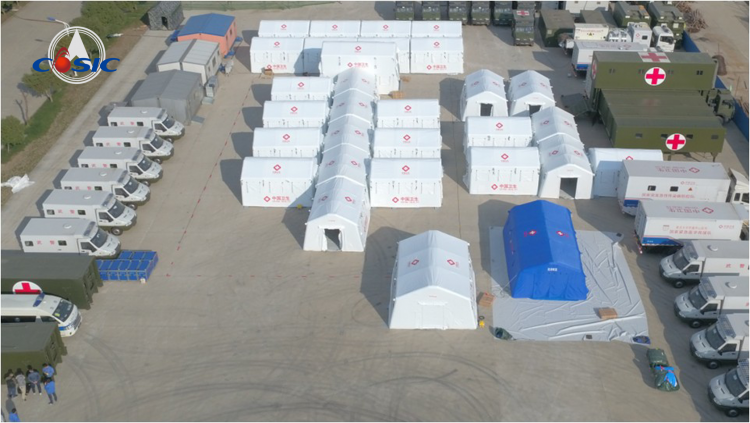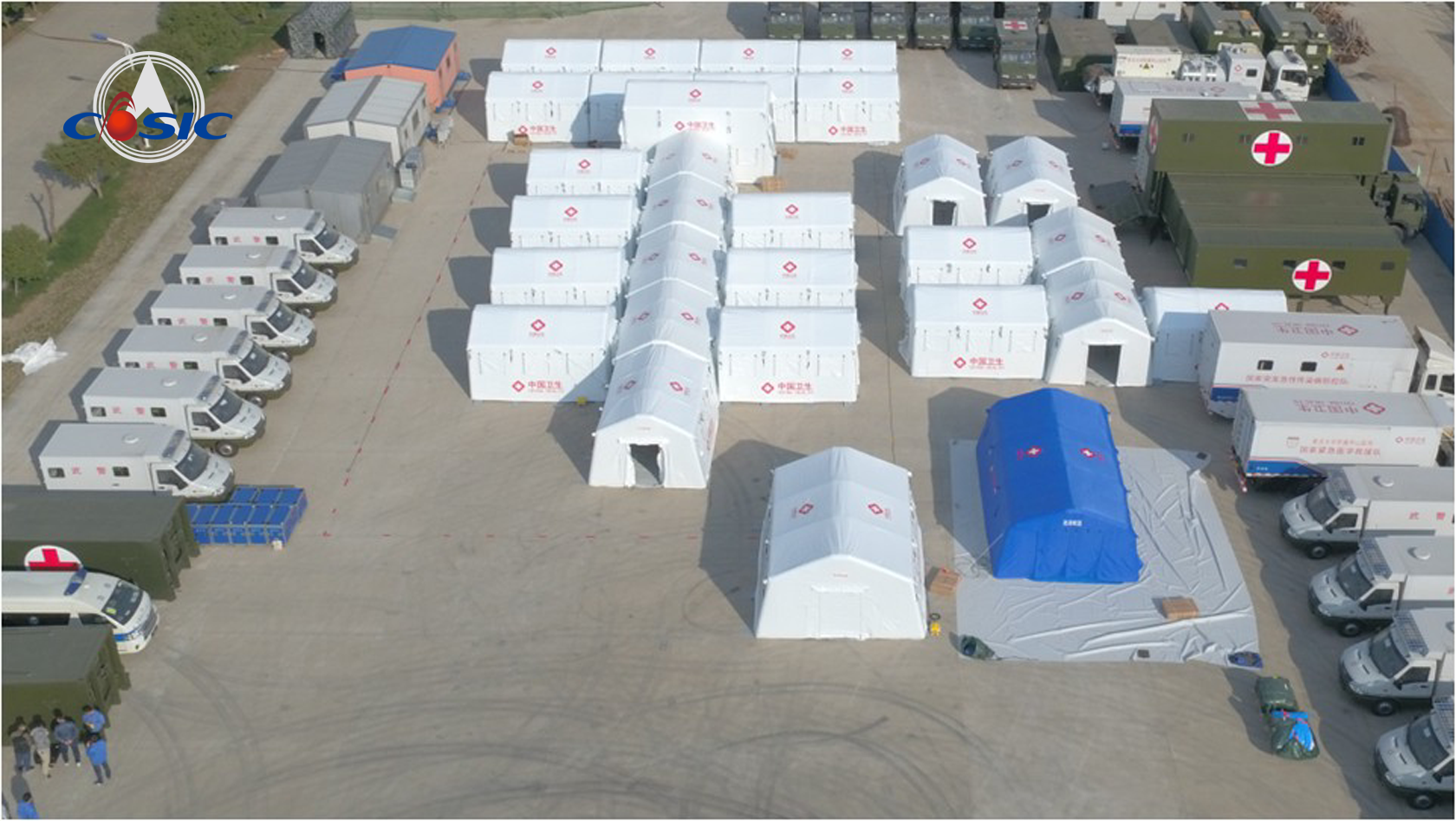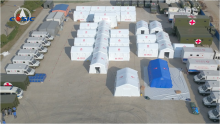
CASIC Modular cabin hospital



Specifications
- Weight:10000.000kg
Packaging & Shipping
- Delivery Lead Time:7 days for ready goods
- Minimum Order:1 Piece
- Supply Ability:10,000 Set/ Sets per Month
- Total Quantity In Stock:Over 5000
- Delivery Port:Any Port In China
CASIC Modular cabin hospital
1.What is Modular cabin hospital
Modular cabin hospital is an emergency rescue system developed by CASIC against coronavirus with multi functions of isolation, protection, clinical inspection, treatment, and general supports.

2.Why
choose Modular cabin hospital
Modular
cabin hospital uses the principle of negative pressure to isolate pathogenic microorganisms
and prevent infectious diseases.
"Transformer type" group can be flexibly selected or increased or decreased by unit or module.
3.The
functions of Modular cabin hospital
The
standard configuration offers 100 beds, which can accommodate and treat 80 typeⅠmild
patients and 20 type Ⅱ critical patients of the coronavirus at the same
time, the number of beds can be increased by additional 20%.
It can provide temporary treatment and isolation for mild patients.


4.Capability of Modular cabin hospital

① 20 surgical operations / 24h (optional);
② Accommodate 100 patients;
③ Imaging, ultrasound, CT examination: 200 per/ 24h;
④ Disinfection and sterilization: sterilization of over 140 sets of positive pressure protective hoods and 60 sets of fiber bronchial tubes and others;
⑤ Information system: Achieve the information management for negative pressure cabin hospital, the radius of the LAN signal ≧ 300m, Data transmission speed ≧ 100Mbps.
5.The difference with Wuhan cabin Hospital
|
Modular cabin hospital: 1.With
negative pressure function, prevent infectious diseases 2.Fast,
mobile, emergency 3.Modularization
and standardization 4.Strong
isolation and protection ability, no pollution to the environment |
|
|
Wuhan cabin Hospital: 1.Renovated
by building、Rapid
construction 2.Large-scale
treatment of mild patients 3.Lower
construction and operating costs 4.No
isolation protection capability, greater environmental pollution |































